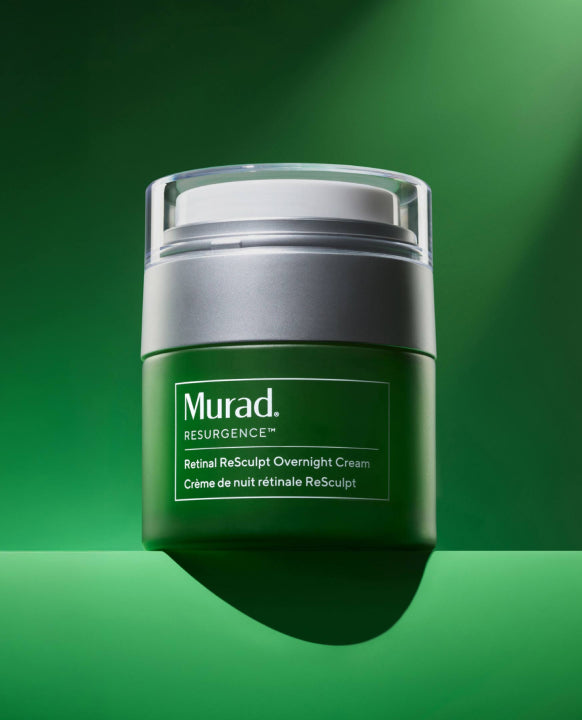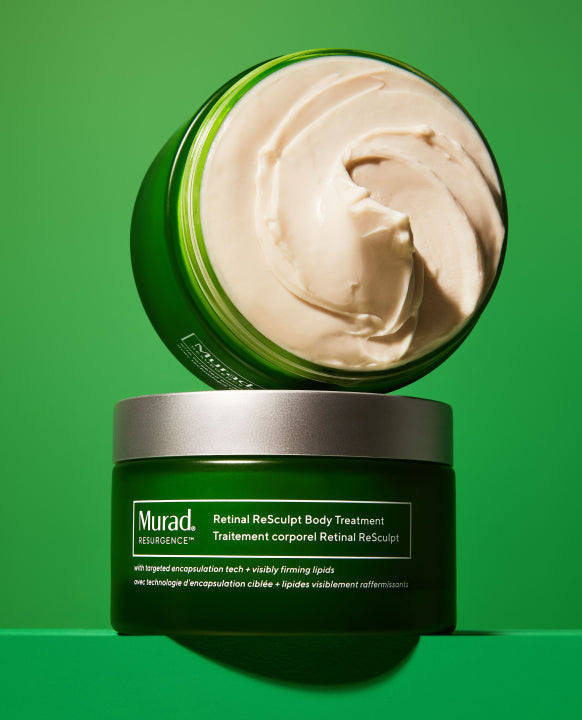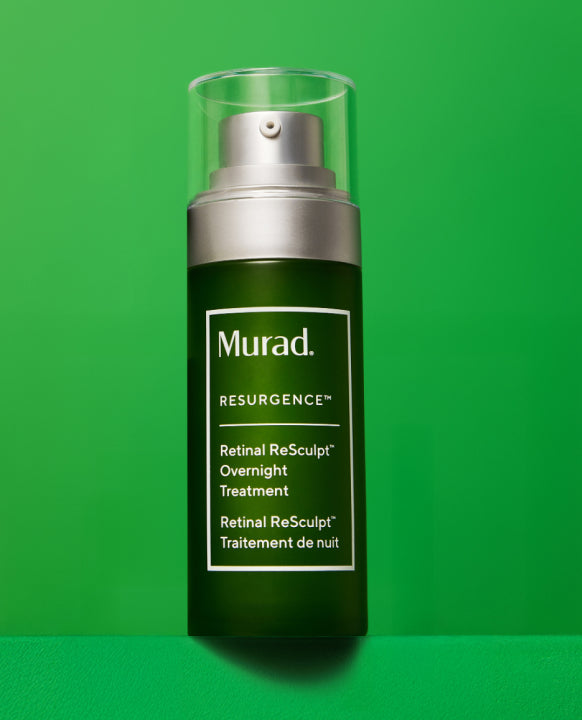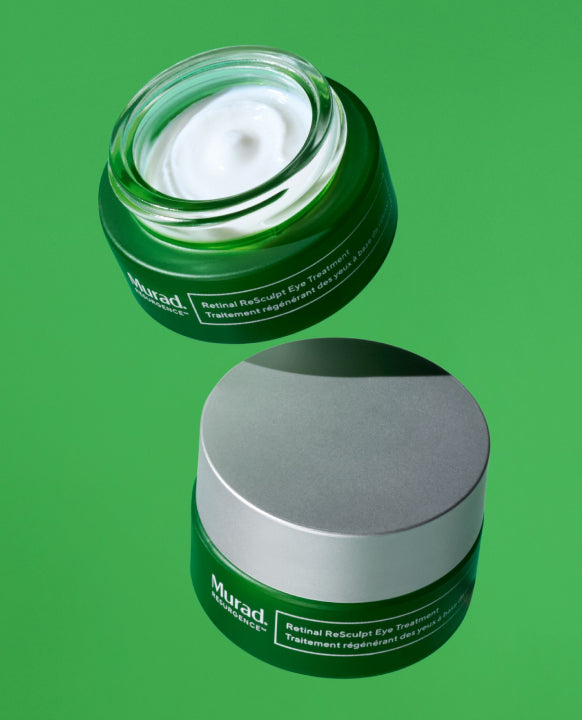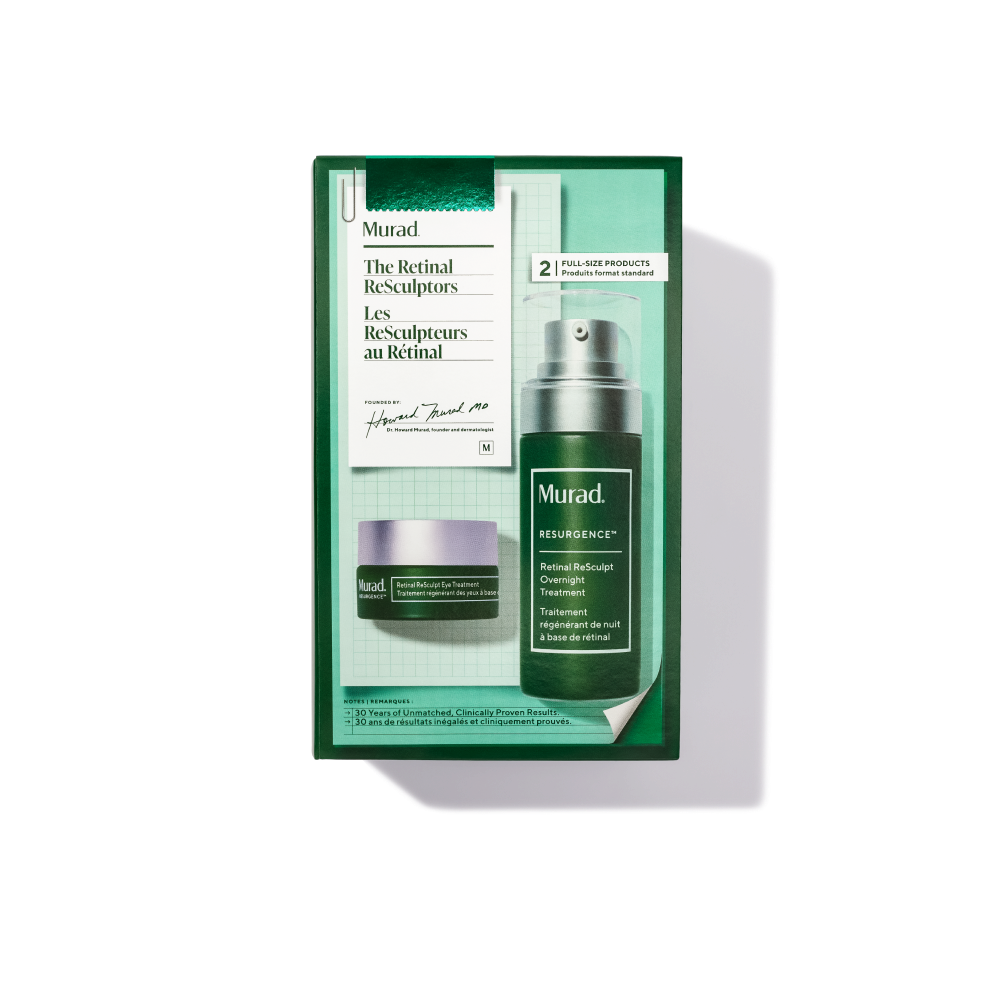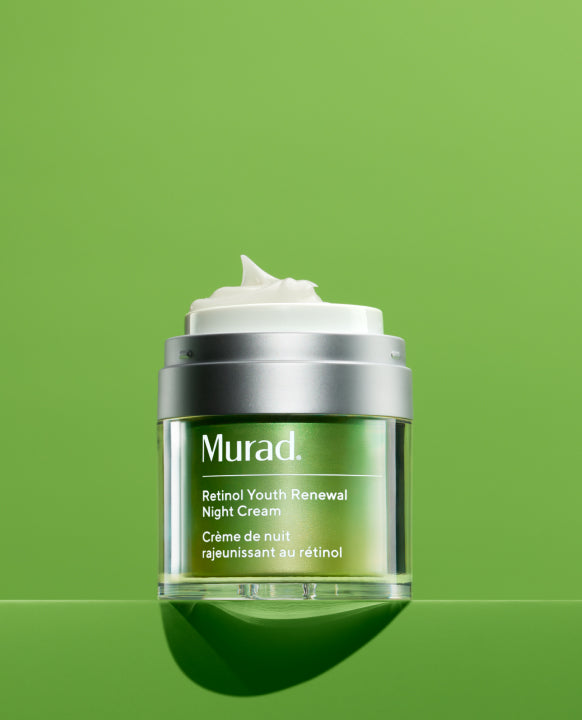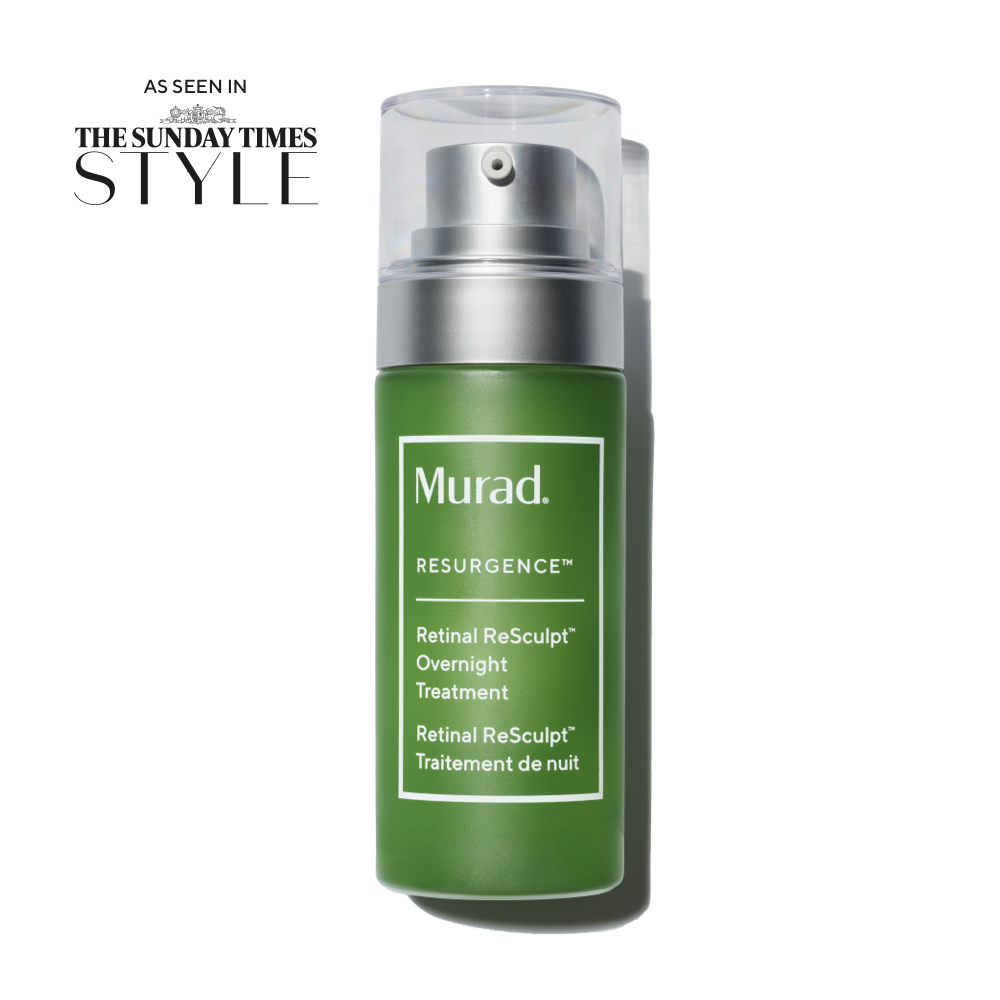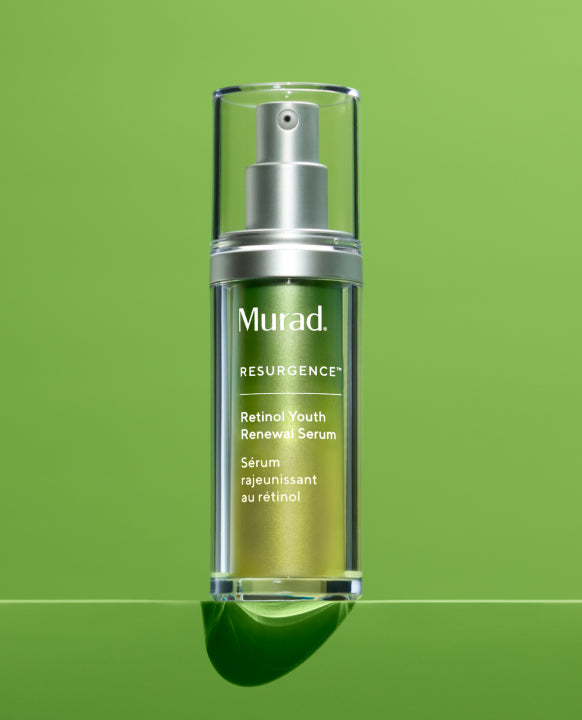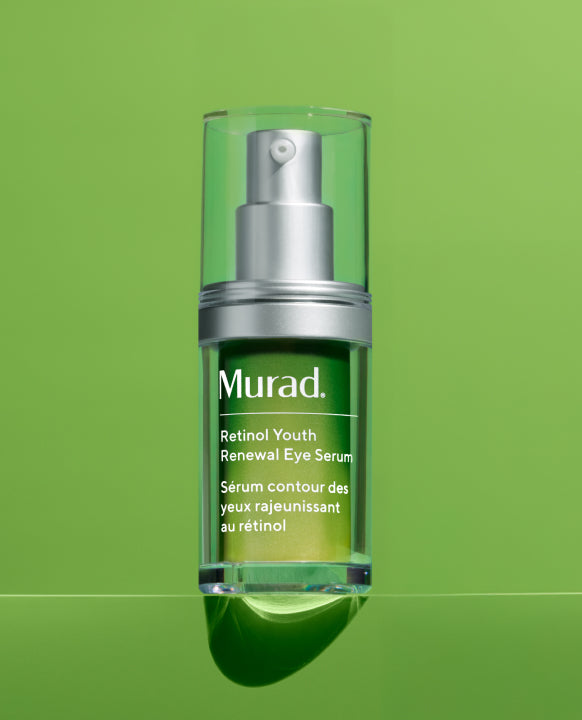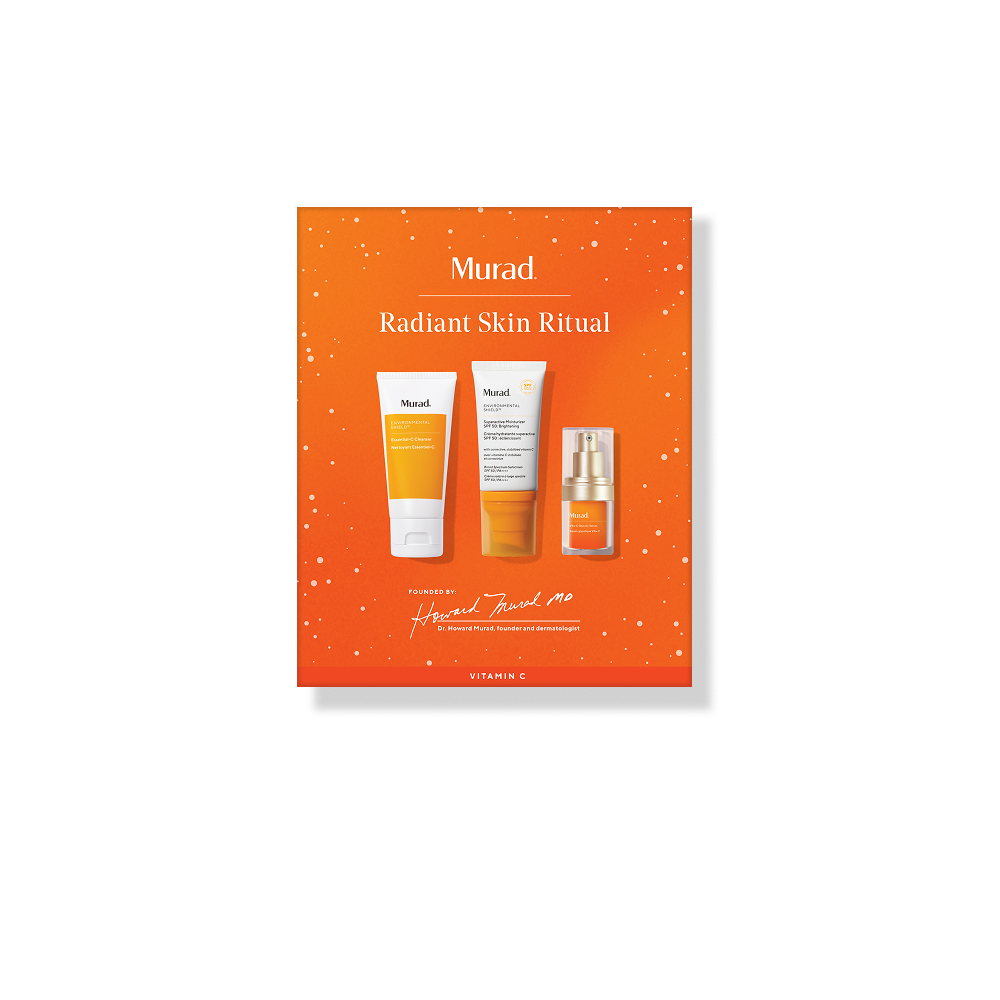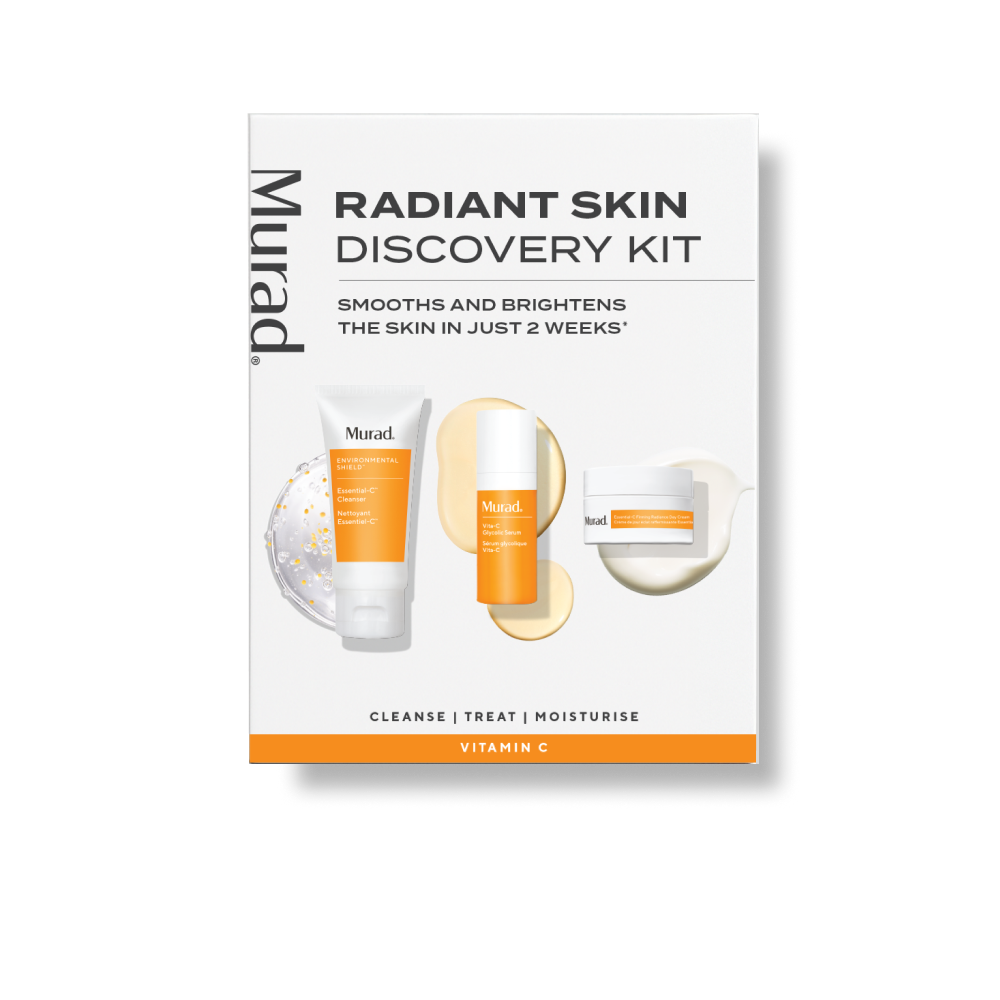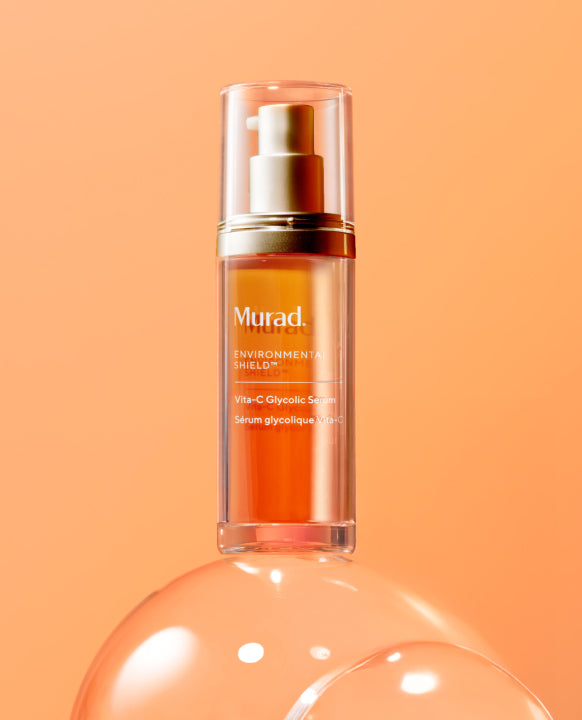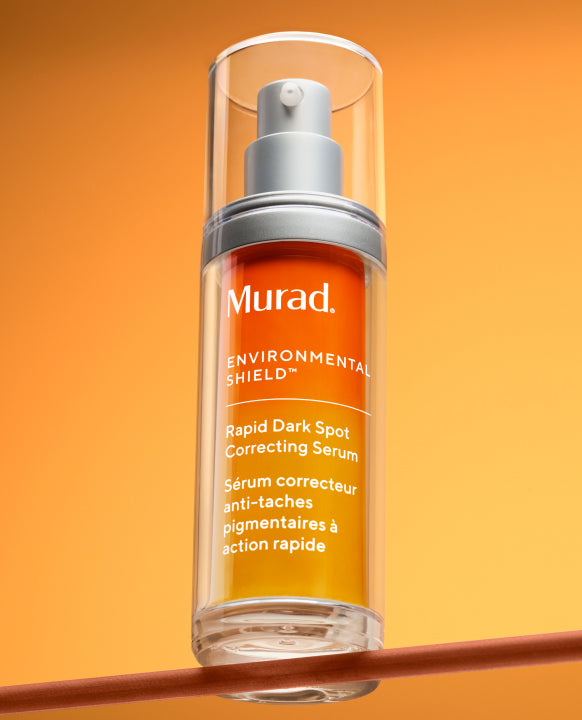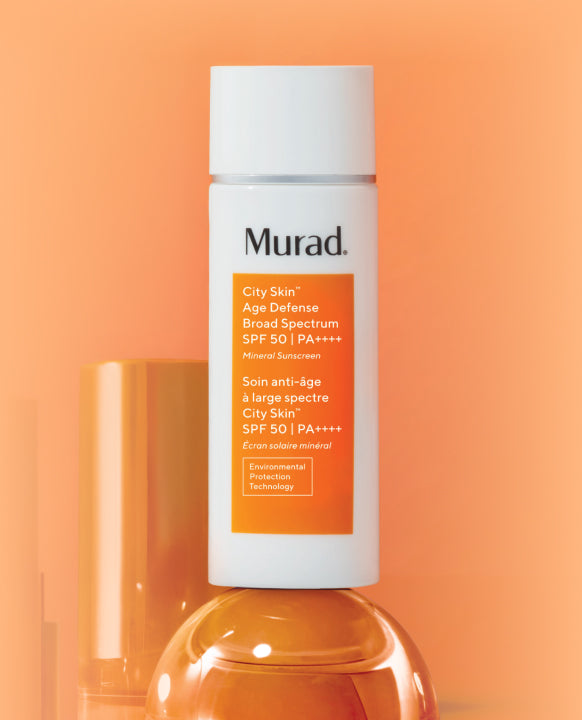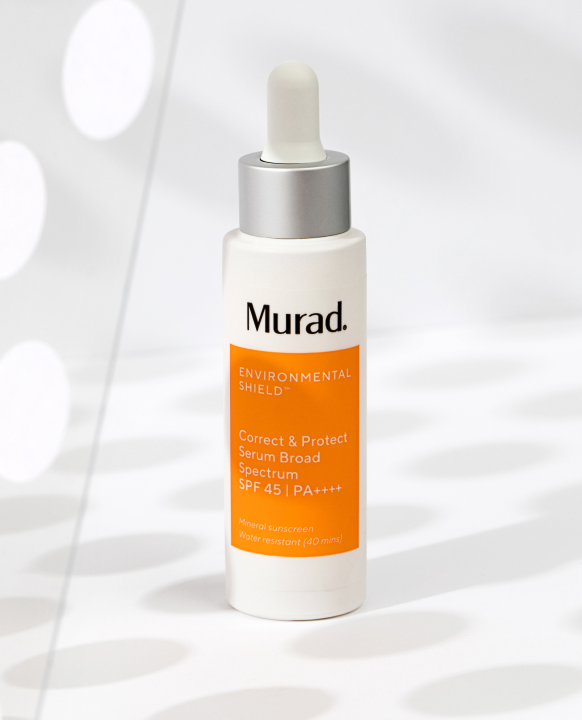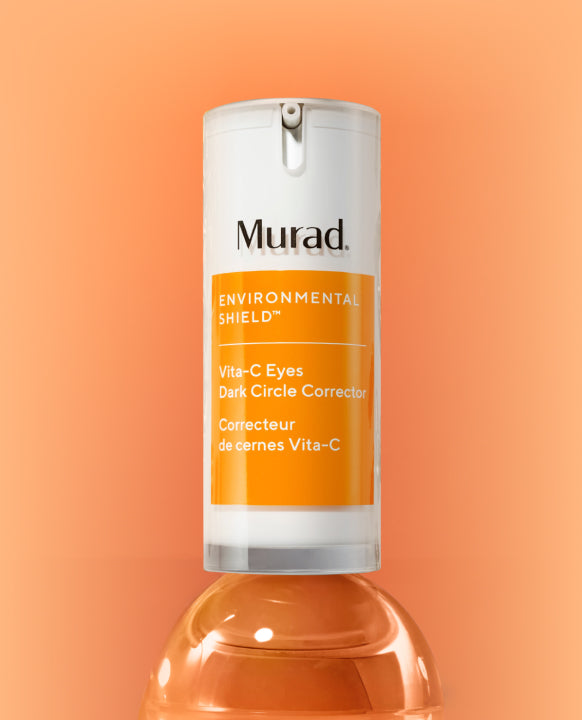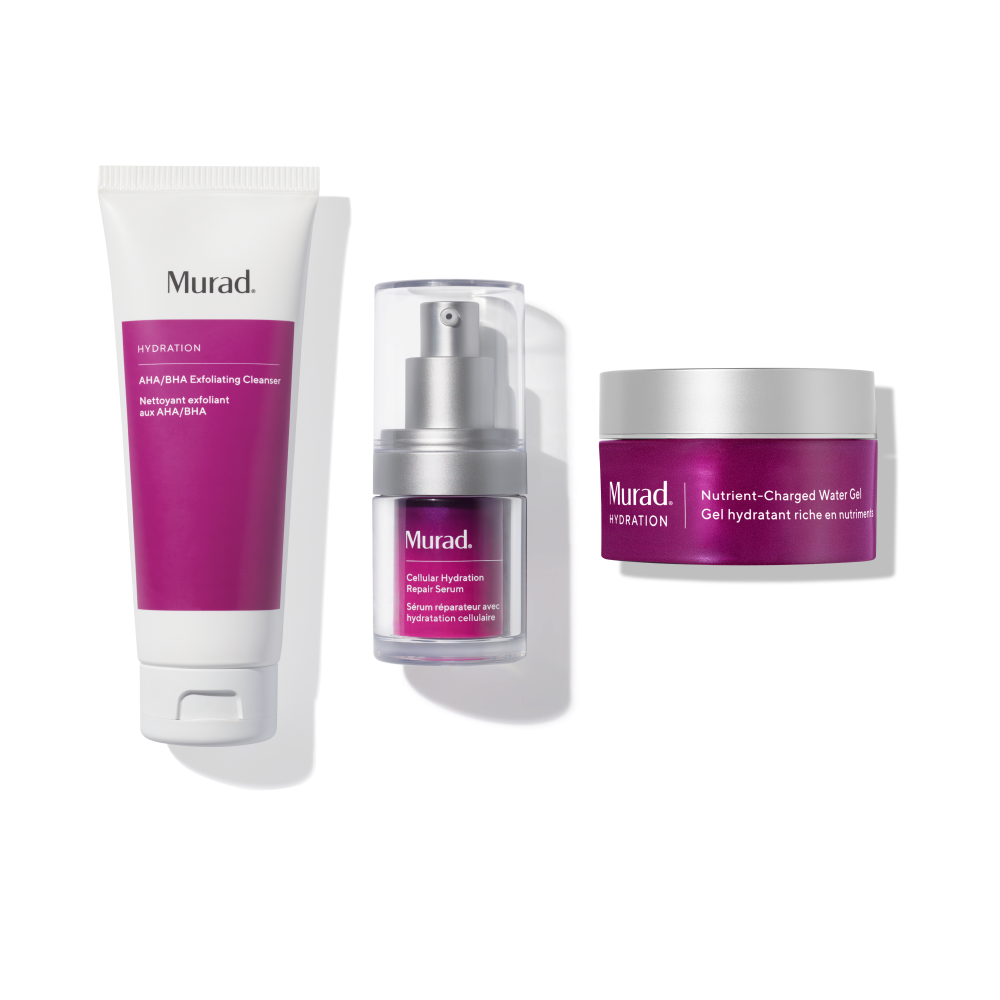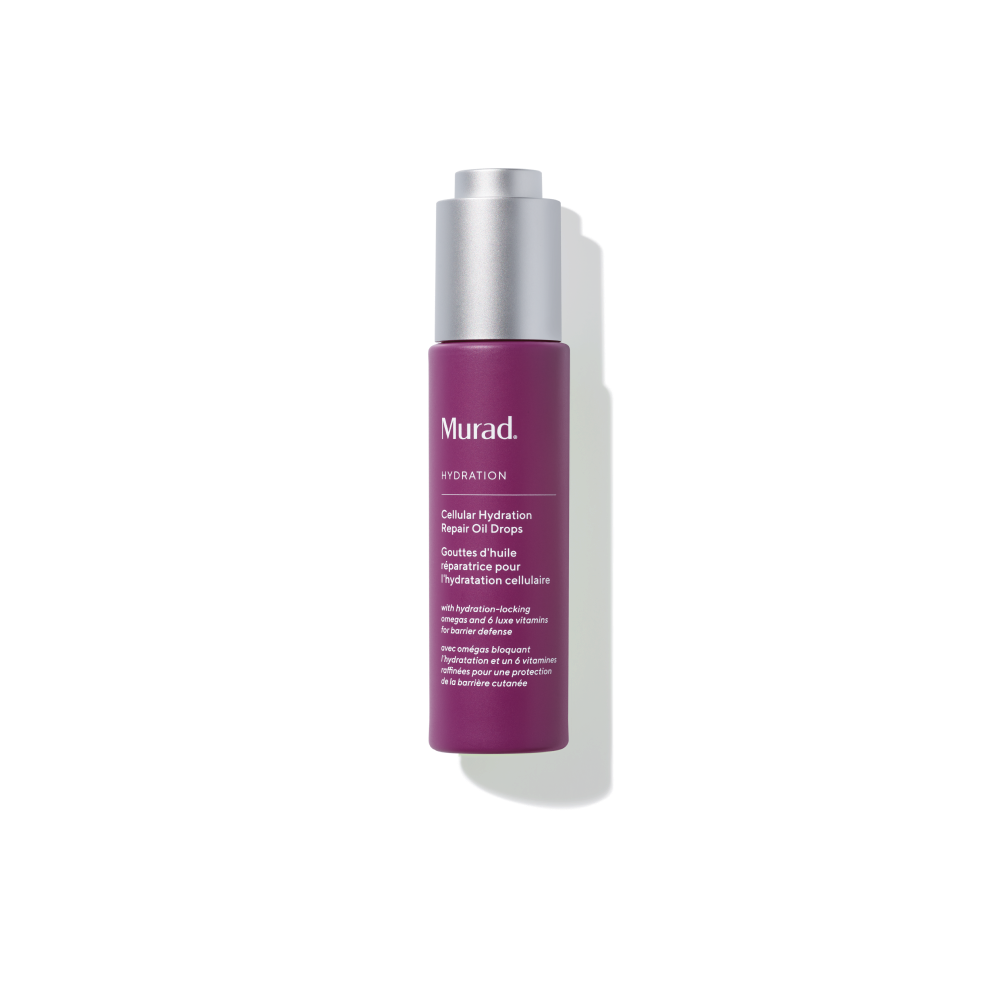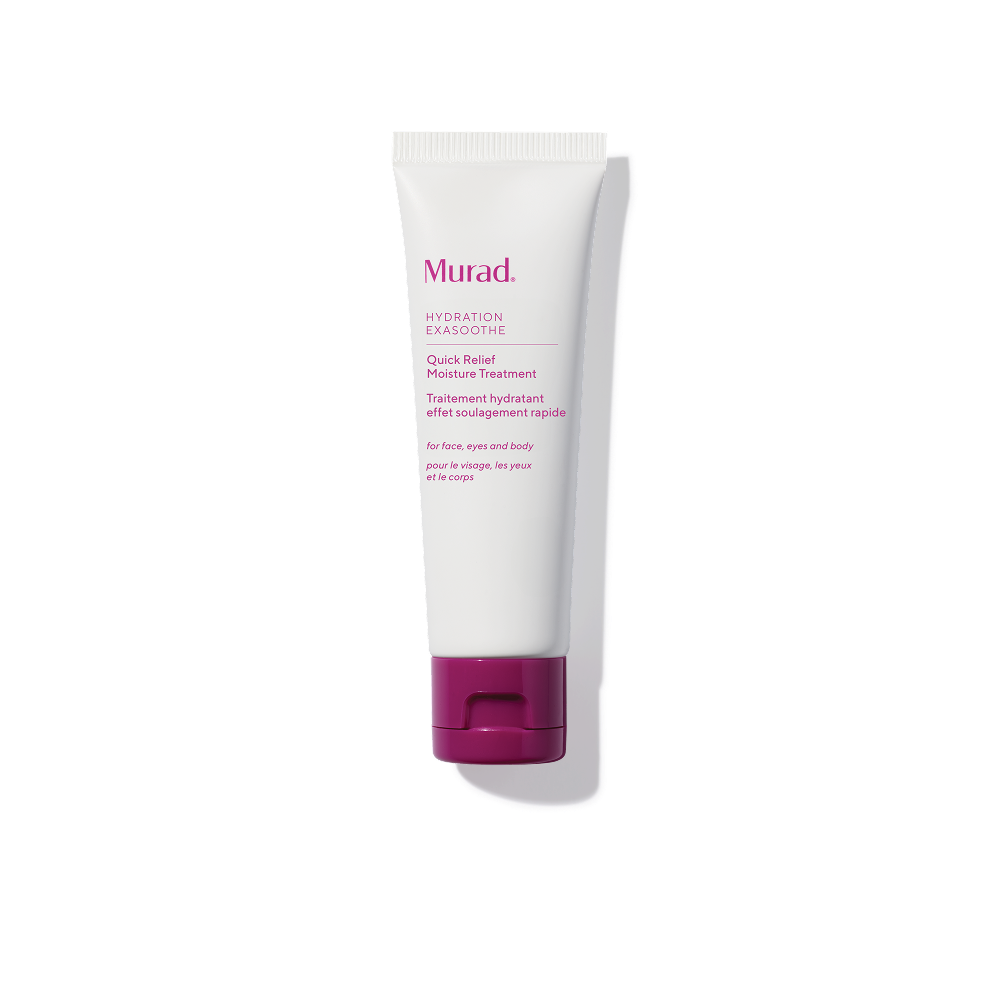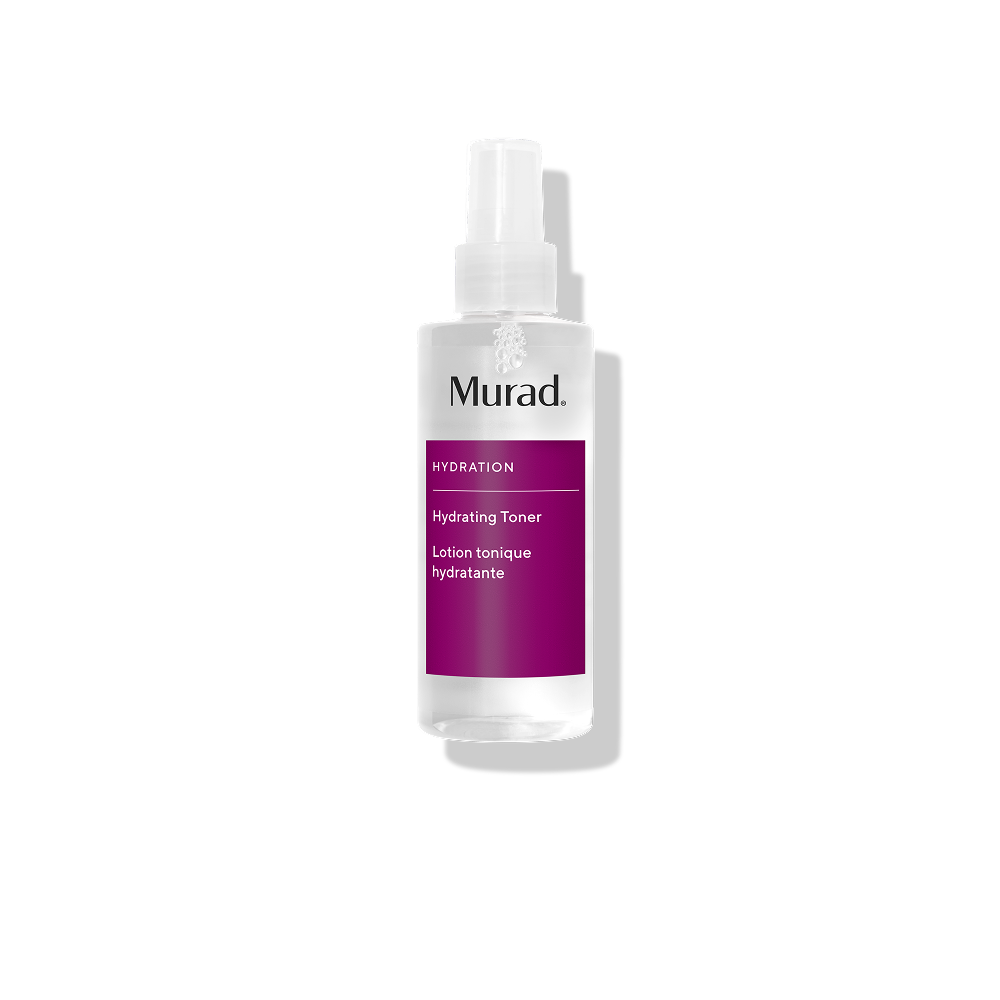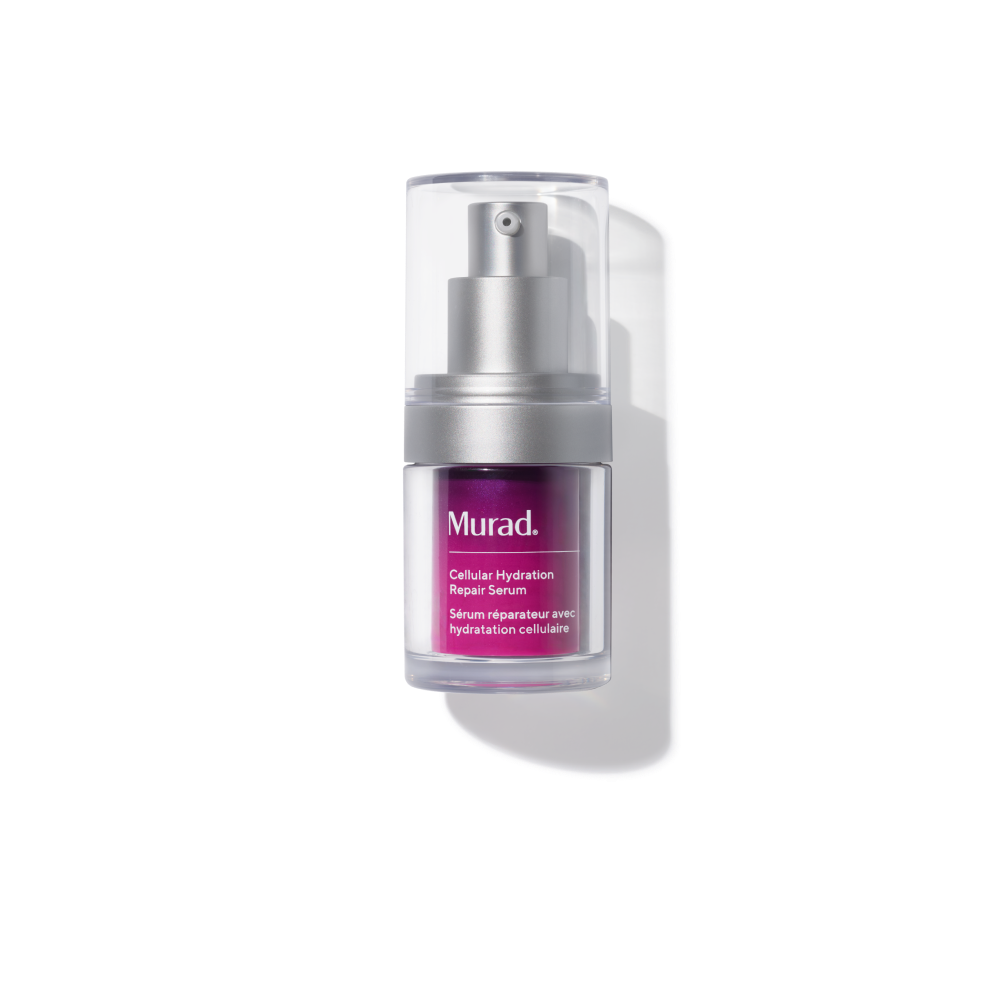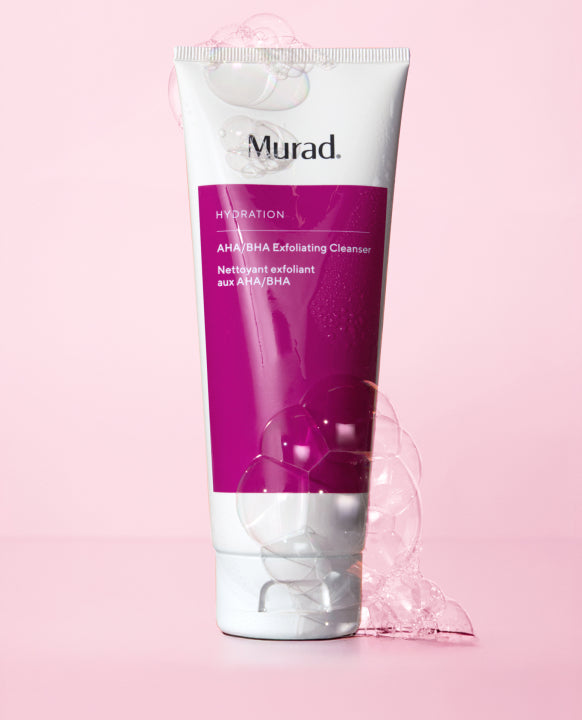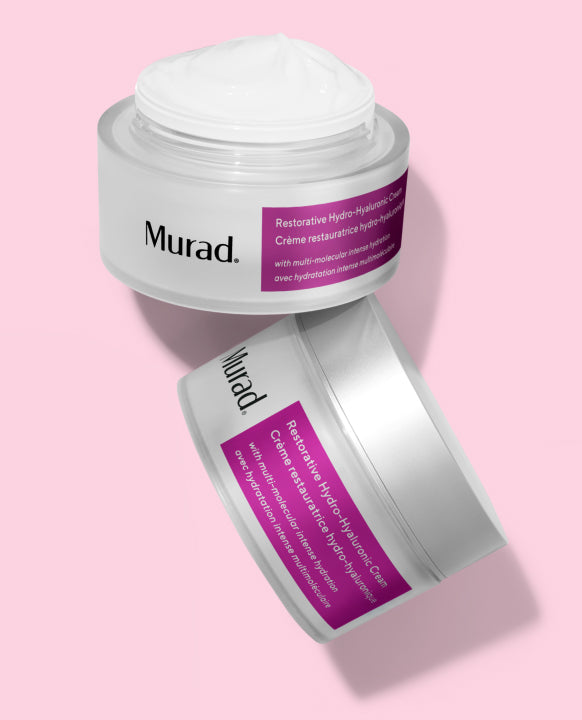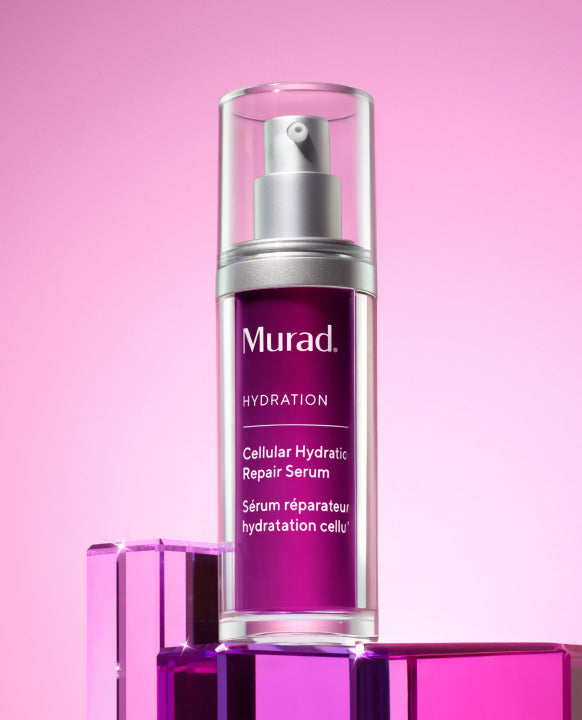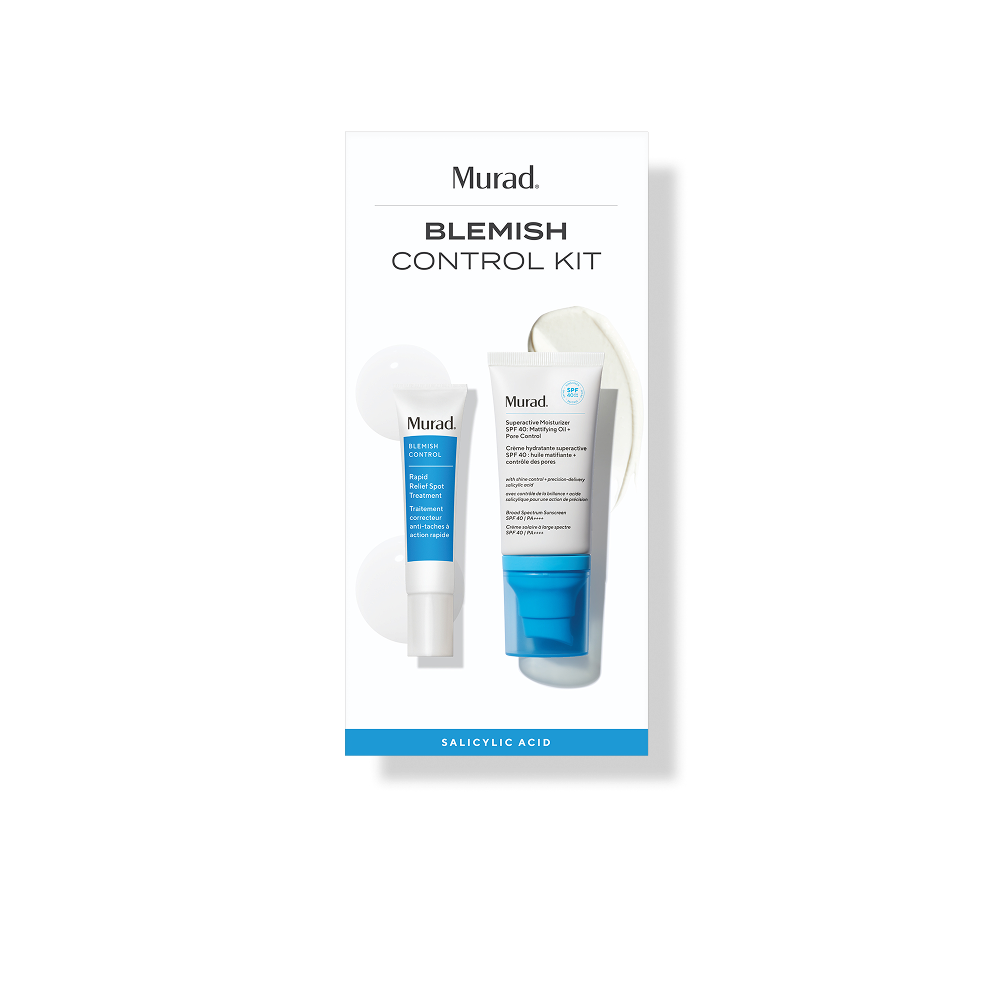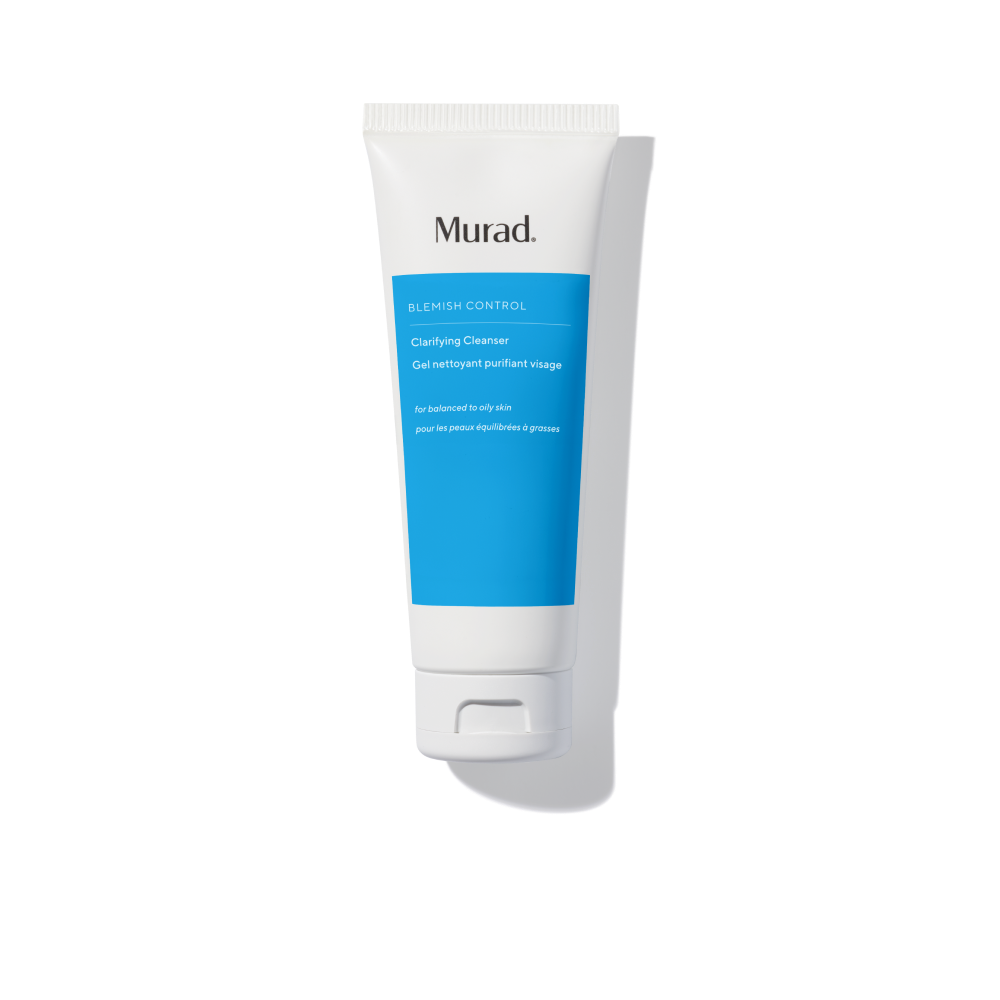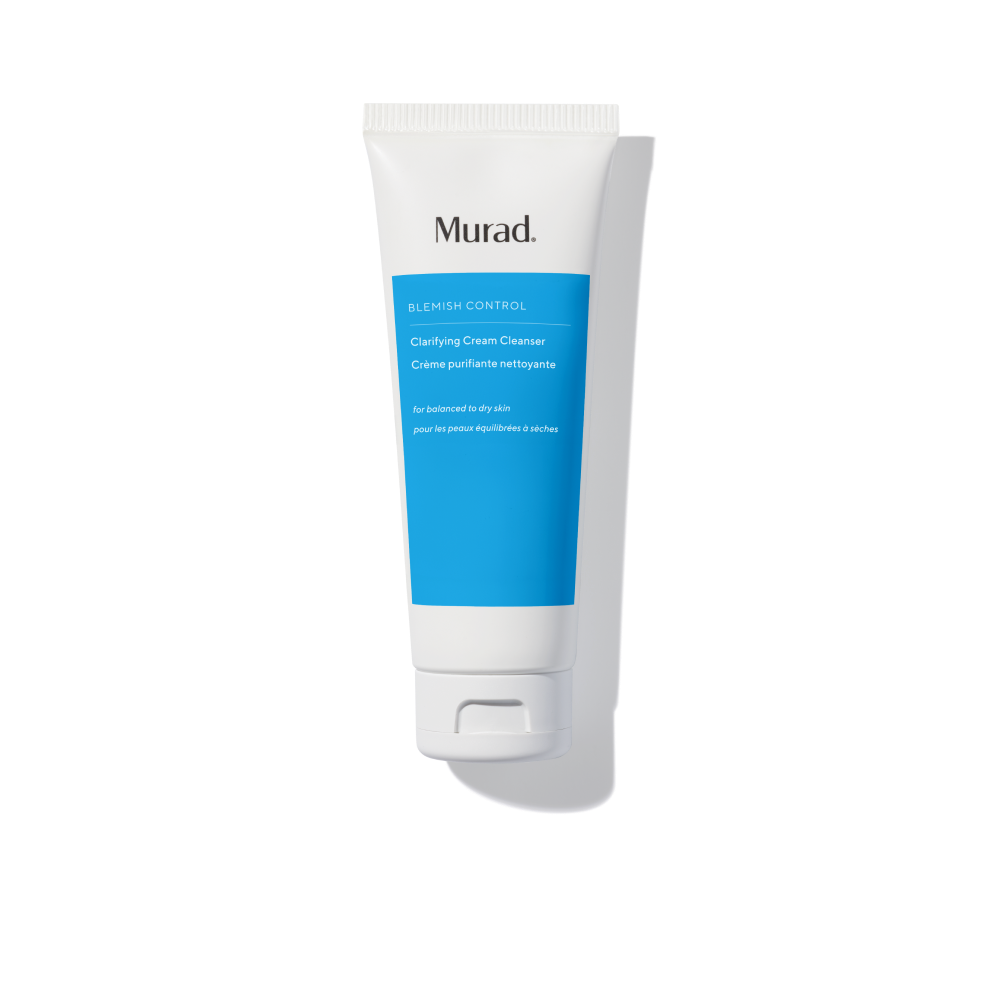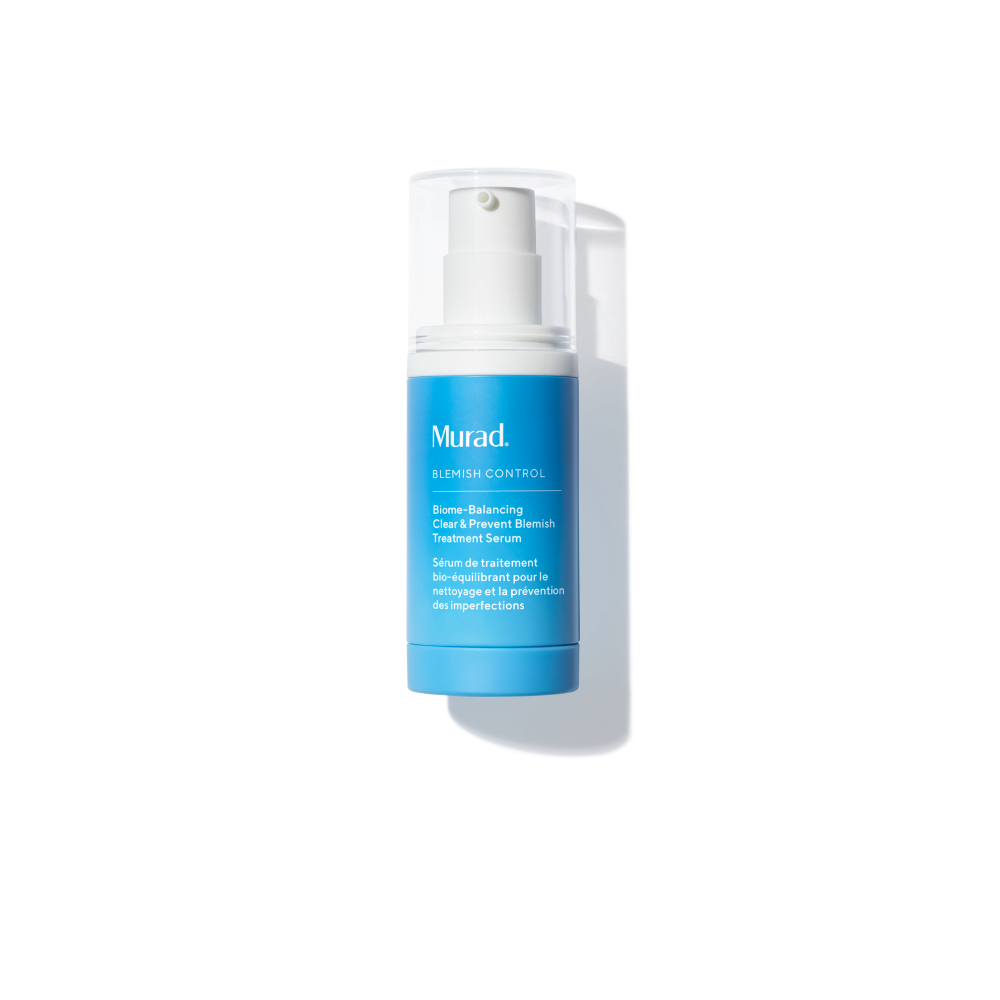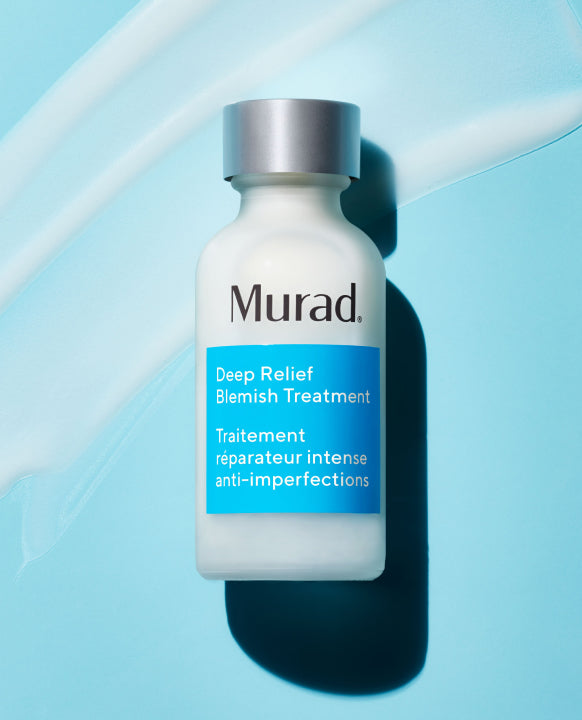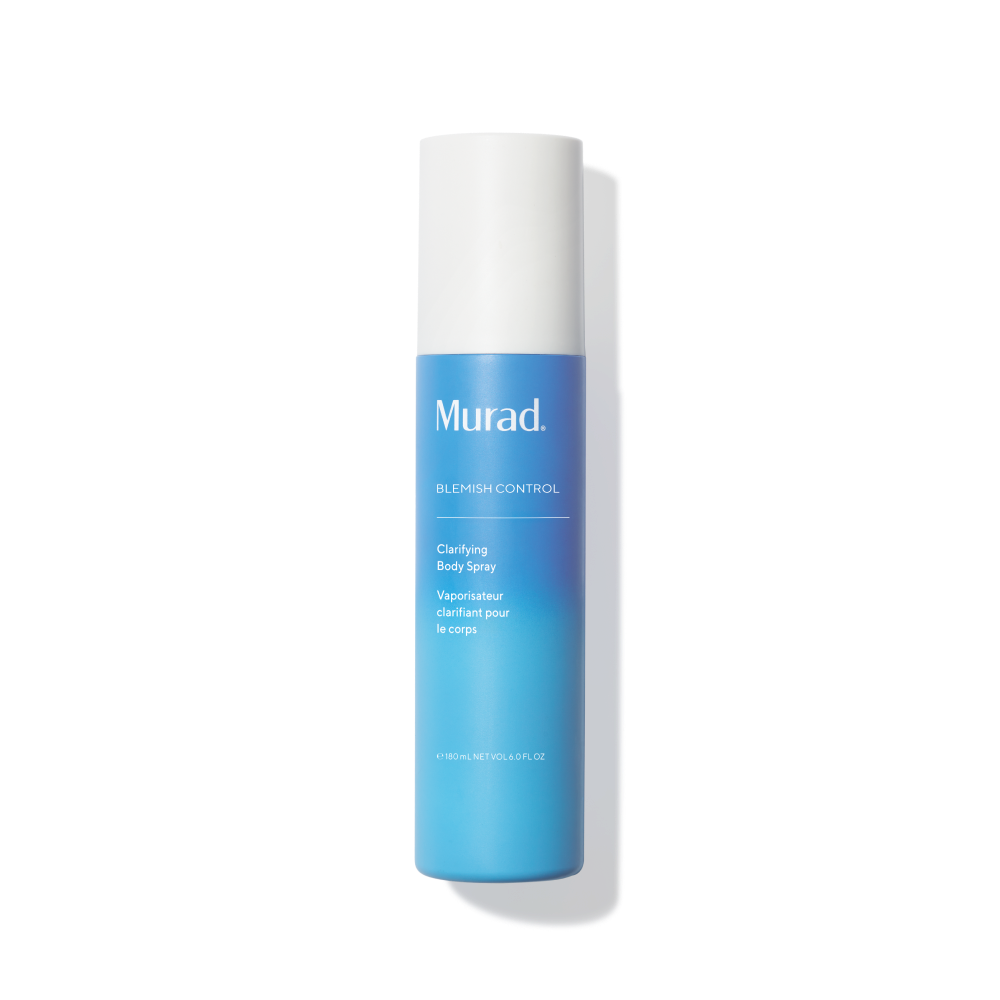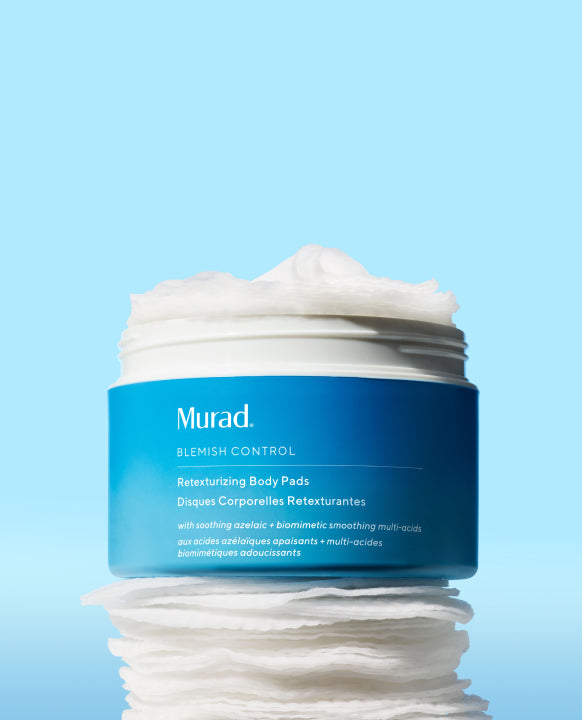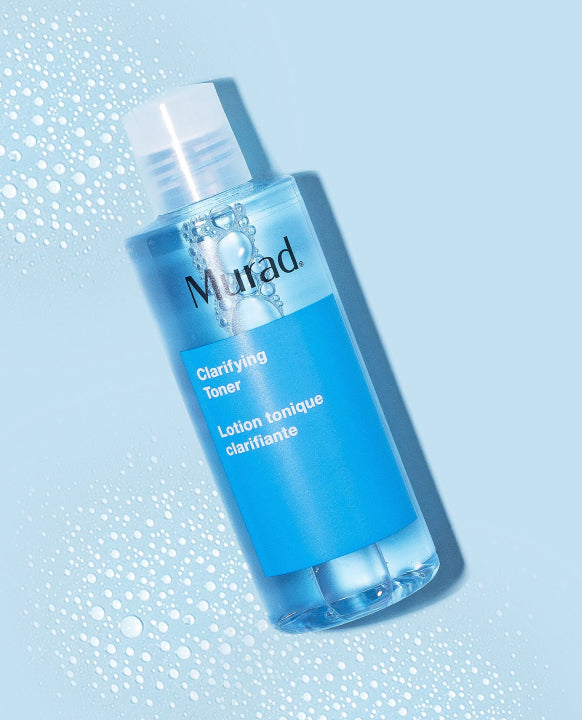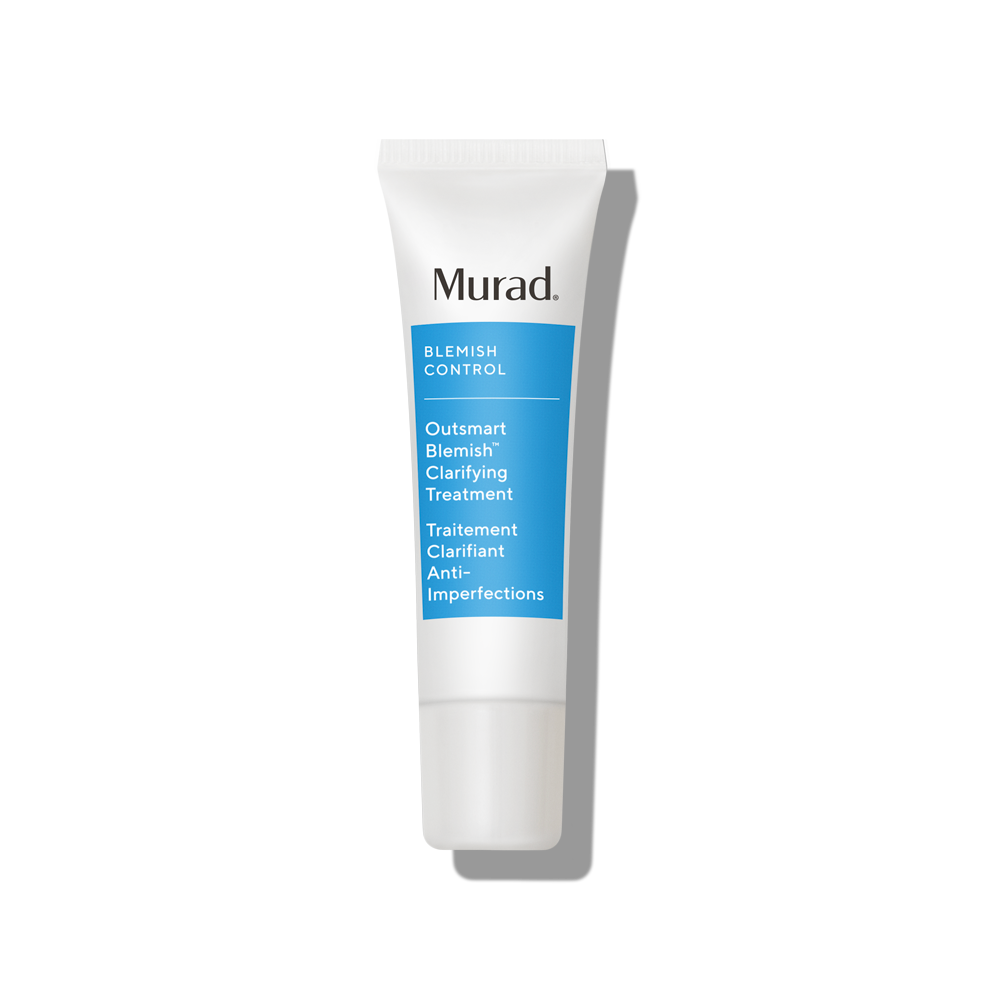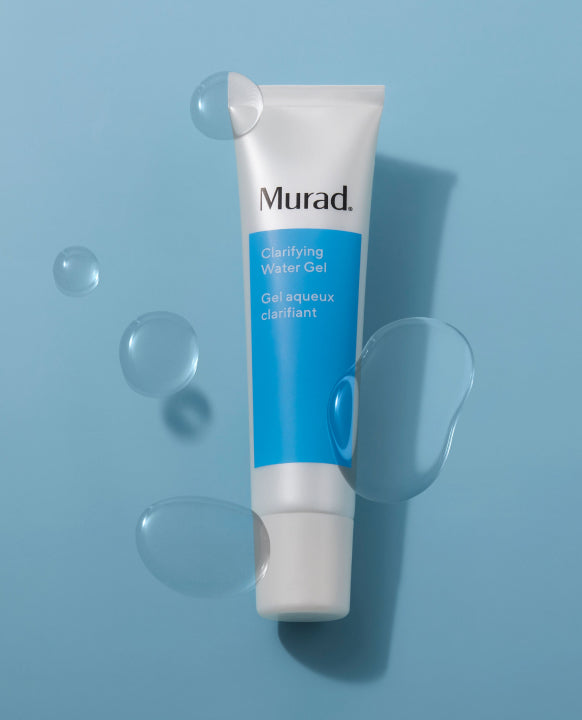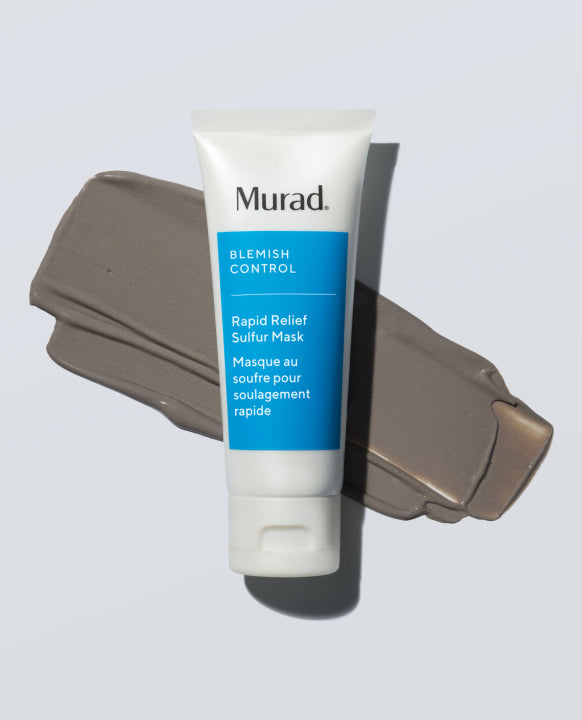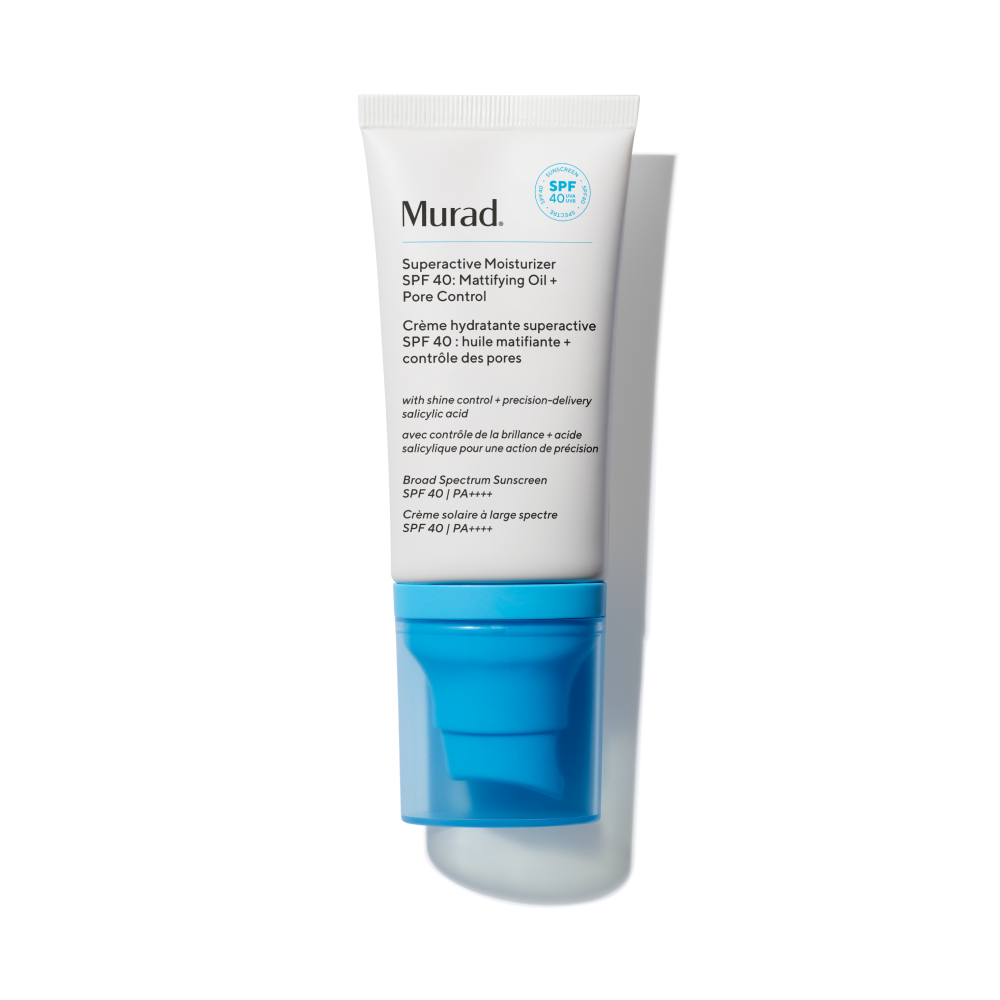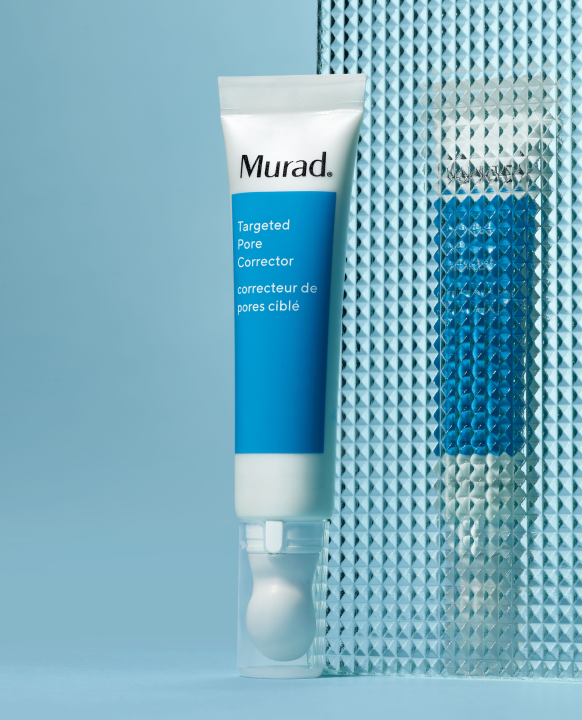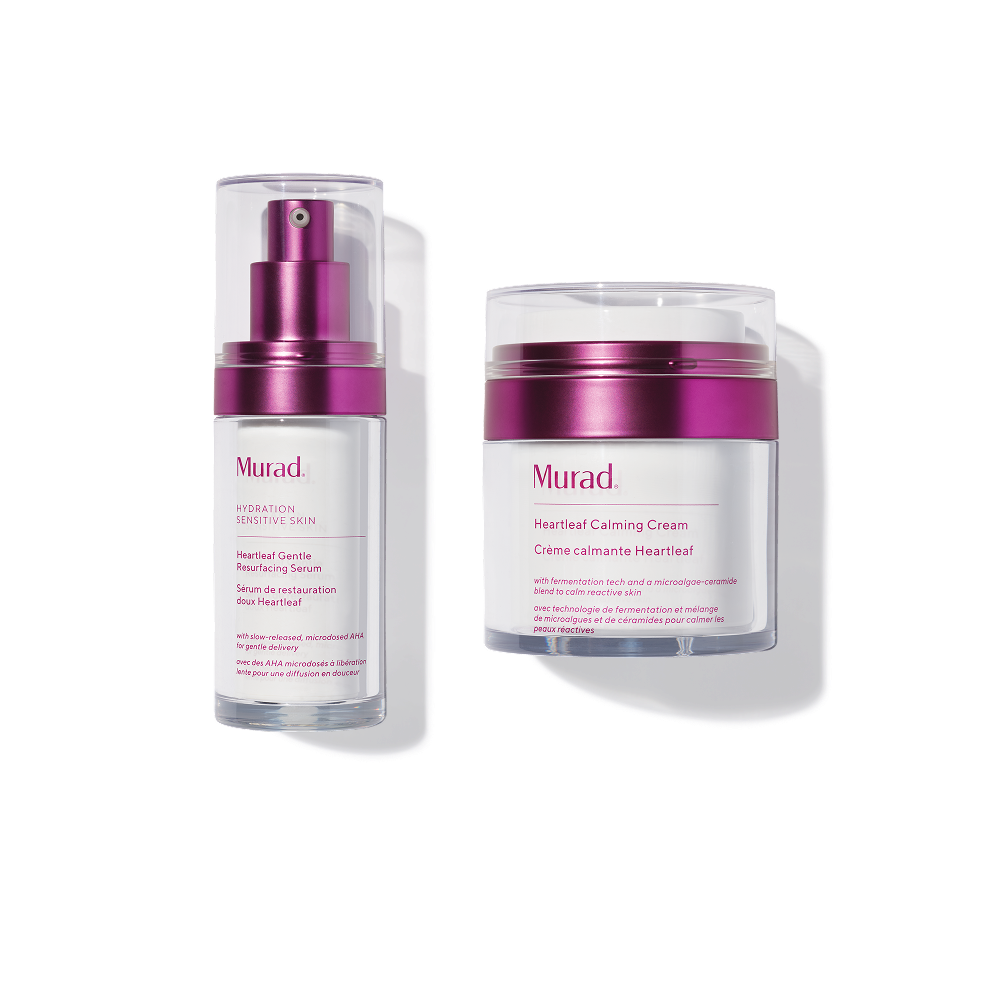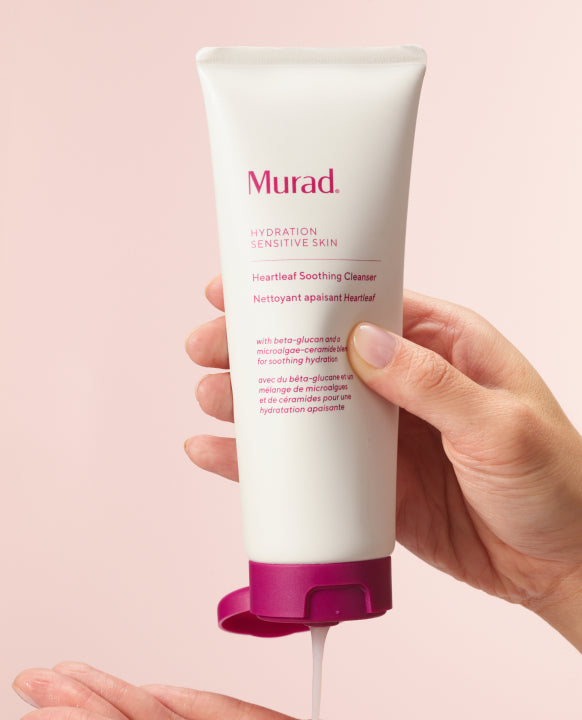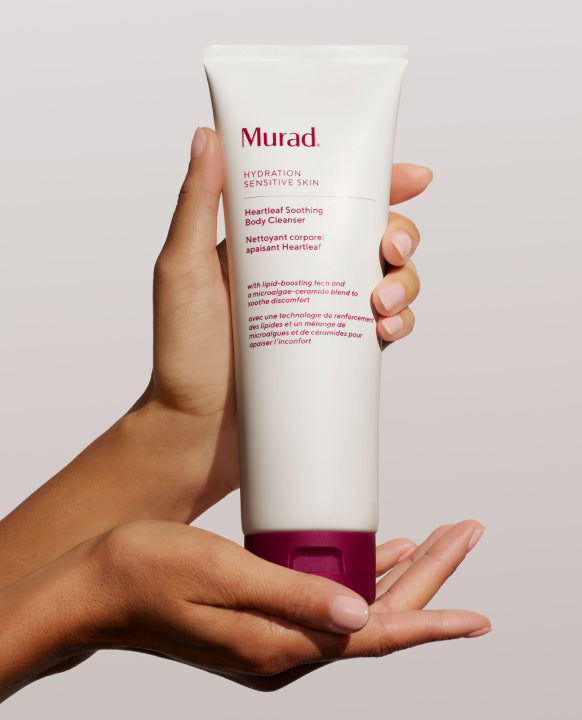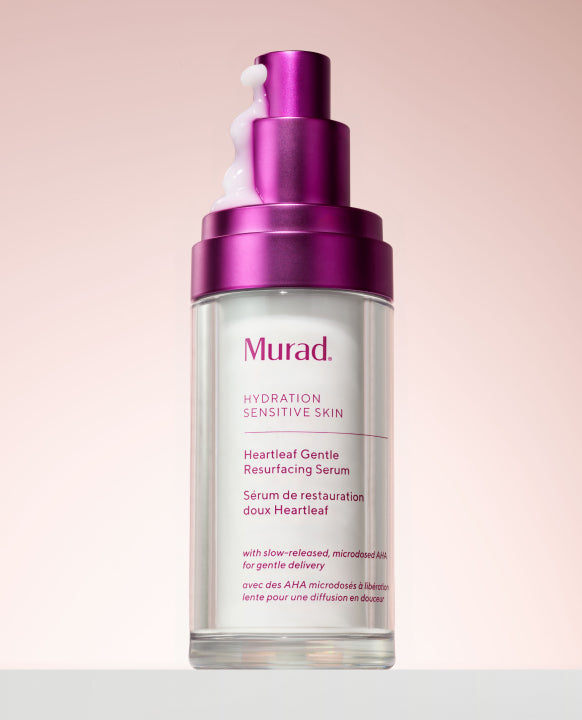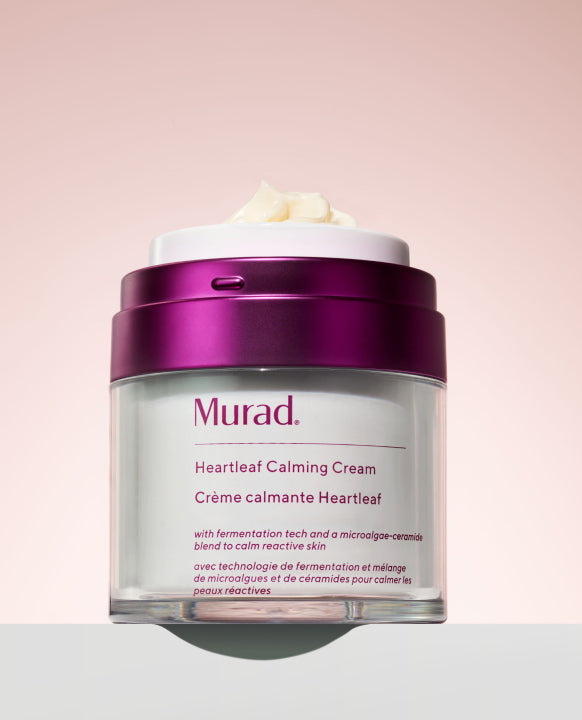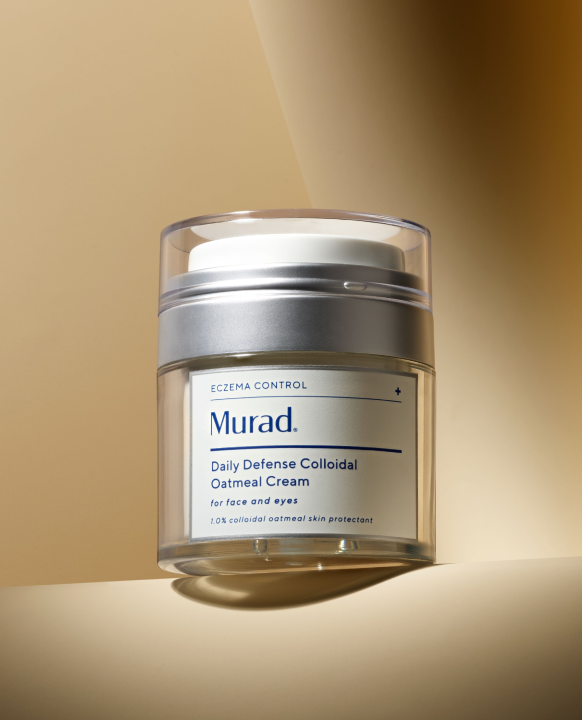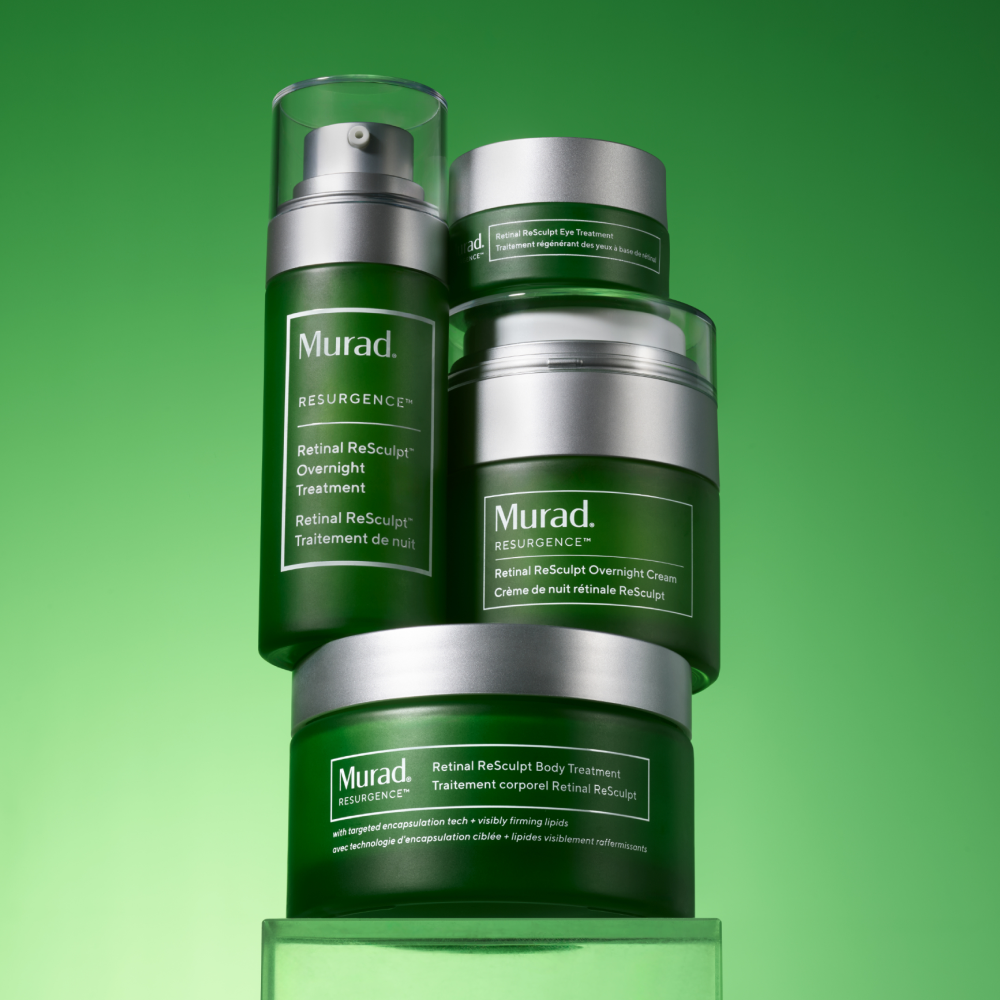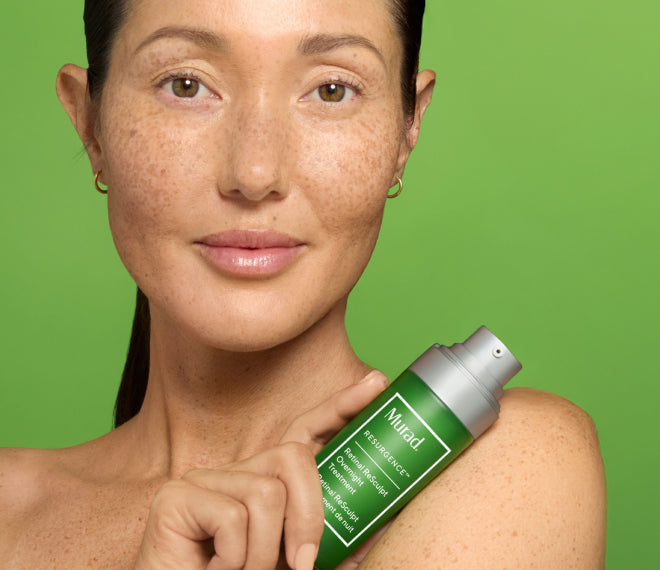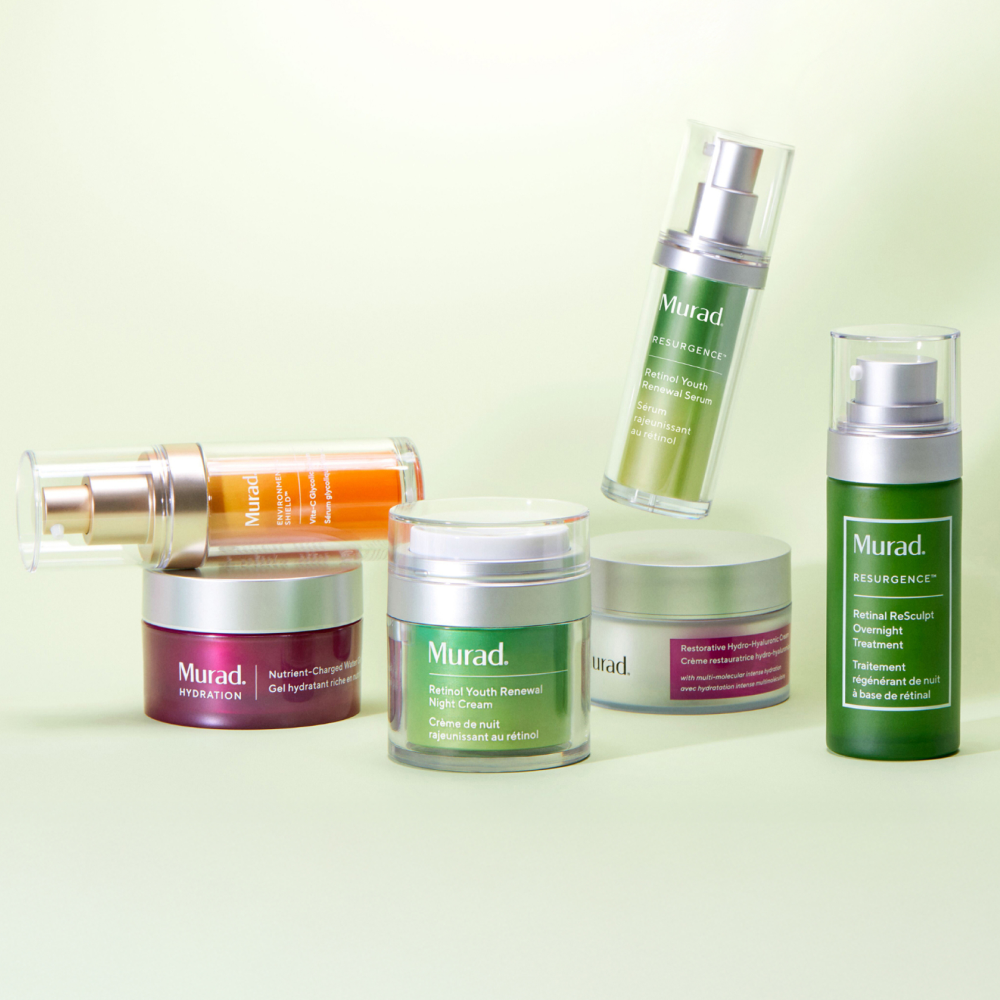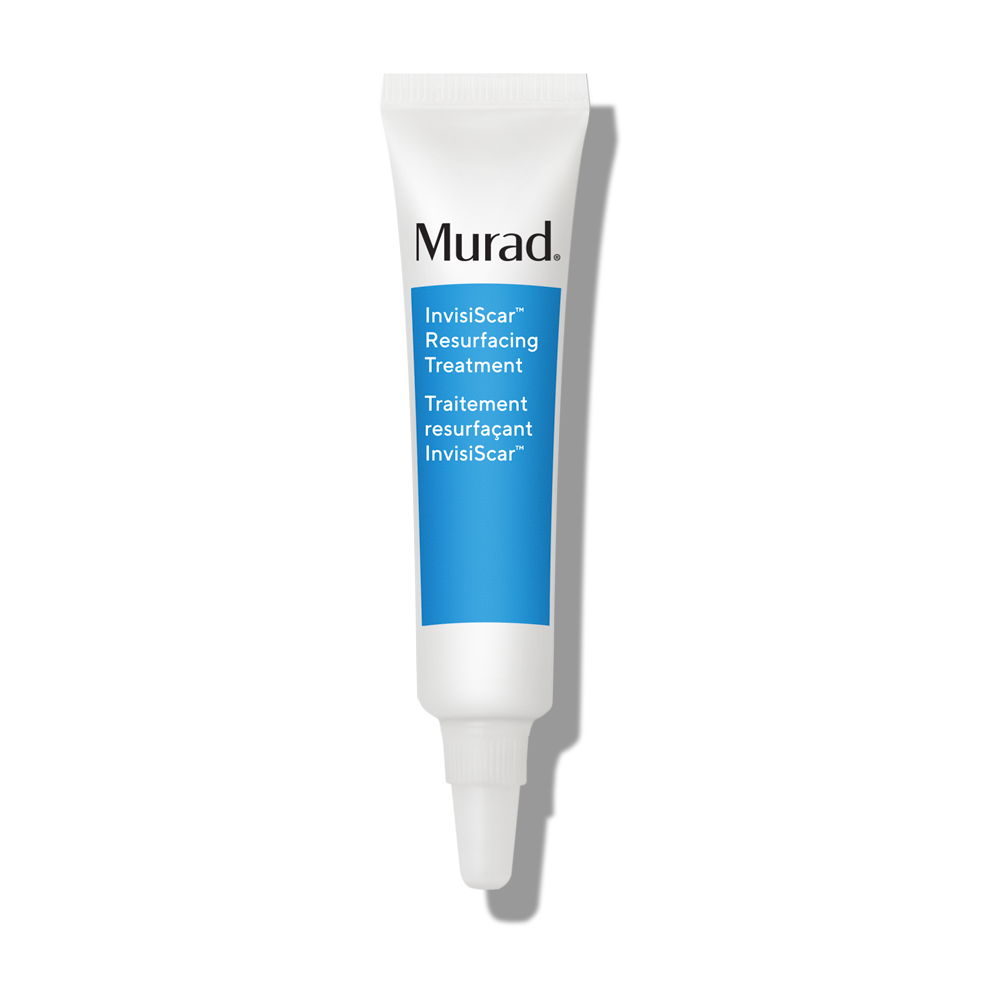Your AHA/BHA Cheat Sheet

Want to exfoliate your way to a next-level glow? Or, maybe you’re looking to clear out pesky clogged pores. Any skincare professional will tell you their solution: chemical exfoliants.
When used in the same sentence, the words “chemical” and “face” may incite concern. But, in the history of exfoliation, chemical exfoliants are some of the best things that ever happened in skincare. And, they’re clinically proven. Known as alpha hydroxy acids and beta hydroxy acids, professionals have used these skin-safe acids for decades to turn on a next-level glow, baby-soft smoothness, and clearer, smaller pores. Don’t fret—you can get these wonder exfoliants (and their results) in the comfort of your own home. But first, a fast lesson on what they are, how to use AHAs and BHAs, how they work, and which is right for your skin.
What are AHAs?
AHAs are naturally occurring substances found in various fruits, sugar cane and sour milk. Glycolic acid, the AHA found in sugar cane, is used in many Murad products because it is especially well suited for use in skincare. Lactic acid is another AHA that can help with hyperpigmentation, dark spots, sun damaged skin, fine lines, and a dull complexion.
How do AHAs work?
AHAs loosen the bonds that hold together the top layers of dead skin cells. Think of your skin as bricks and mortar. The mortar is the “glue” that holds your skin cells (bricks) together. AHAs and BHAs dissolve that “glue” so skin cells (bricks) are easily removed.
Removing excess build-up on the surface of the skin allows newer, softer, healthier-looking skin to emerge. Skin looks refreshed, rejuvenated, and more youthful. An additional benefit to clearing excess buildup is that moisturisers and treatments that follow can penetrate the skin better.
Using AHAs does, however, make your skin more vulnerable to damage from the sun—a concern with any kind of exfoliating treatment. So always follow with an SPF during the day.
What are BHAs?
BHAs are also naturally occurring substances. The most common BHA in skincare products is salicylic acid, which occurs naturally in willow bark and sweet birch.
How do BHAs work?
Like AHAs, BHAs help loosen the bonds that hold together the top layers of skin cells. Also like AHAs, BHAs make your skin more vulnerable to damage from the sun, so always use an SPF during the day.
What’s the difference between AHAs and BHAs?
The main difference between AHAs and BHAs is oil solubility. AHAs are water soluble only, while BHAs are oil soluble. This means AHAs stay on the surface of skin, whereas BHAs get down into the pores to cut through pore-clogging oil.
How to use AHAs and BHAs
The best way to use AHAs and BHAs is to determine which is right for your skin type.
- AHAs are incredible for skin showing signs of ageing, such as fine lines, wrinkles, dark spots, hyperpigmentation, and dullness or sun damage.
- BHAs have incredible antibacterial and anti-inflammatory properties. This combined with their ability to penetrate the pore makes them perfect for treating blemish-prone skin and blackheads.
Introduce your skin to AHAs and BHAs slowly. Try using them every other day. Once your skin acclimates, you should be able to start using them every day.
AHAs and BHAs can be found in almost any kind of skincare product. There are AHA BHA cleansers, AHA BHA exfoliants, AHA BHA masks, and even AHA BHA moisturisers. Now that you know how to use AHAs and BHAs, it’s time to shop them in our products! Find AHAs in our 2-in-1 AHA/BHA Exfoliating Cleanser, and BHAs in Outsmart Blemish Clarifying Treatment and Clarifying Cleanser.
